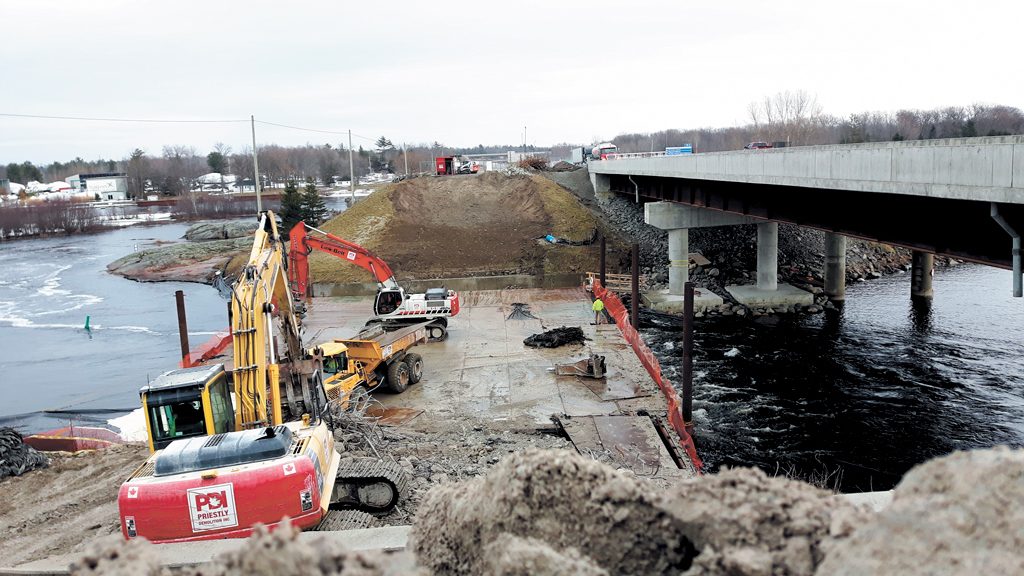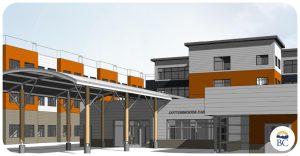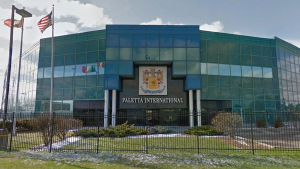Taking down a bridge over a waterway comes with its own challenges, but add in winter weather and it’s a tough assignment.
The Port Severn Bridge demolition project involved two bridges on Highway 400 over the Trent Severn Waterway.
“It was winter because we had to wait for the locks to close for the season to avoid boat traffic,” says Brian Priestly of Priestly Demolition, adding the project was led by Looby Construction as the general contractor. “It was extremely cold and the water was freezing.”
With the new bridge in place and carrying live traffic, Priestly’s crews set to work in 2016, completing the work by spring 2017. It was all part of a $16 million bridge construction project.
The project was one of three shortlisted at the World Demolition Summit 2017 in London, England, which followed last year’s conference in Florida where Priestly Demolition was tops in three categories including best overall for their Nipigon Bridge project.
Though they didn’t win an award, this project is still memorable, says Priestly.
The north side bridge was 290-feet-long, made with concrete encased steel truss arches with a concrete deck. The south side was a 100-foot-long, two-lane-wide, poured-in-place concrete bridge.
It took a fair bit of planning to arrive at the best demolition approach, says Priestly, because there were concerns about material contaminating the waterway.
“We used barges set up under the bridges to collect the concrete debris and then floated them to a pier at the river bank we’d constructed using infill,” he says.
The piers also served to get the 50 tonne excavators on the barges using a combination of rubber blast mats and steel plates.
“Once we got it there we could pick up the rubble and load it onto the trucks for haulage,” he adds.
The special barges were closely monitored and the system allowed for a methodical and measured demolition of the trusses and decks until the supports were no longer weighted and able to be taken down.








Recent Comments
comments for this post are closed